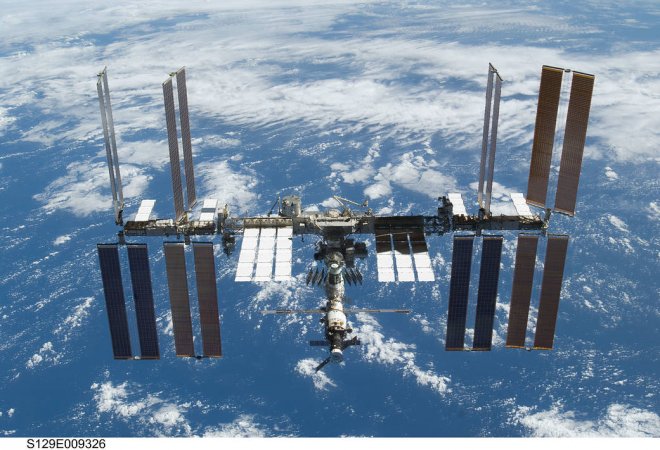
Space X Dragon spacecraft has been scheduled to be launched to the International Space Station after December 4 from the Cape Canaveral Air Force Station in Florida. The Falcon 9 rocket of SpaceX would take the spacecraft with crucial science research supplies for the space station crews.
The International Space Station had been an important research lab to host significant scientific research which is impossible in Earth's gravity. The studies in this lab have been recognized as a major step for future missions including sending humans to other planets and moons.
Important researches which will be started with the resupply mission are:
Alternative Fibers
US National Lab plans to study the production of Optical Fiber in Microgravity as a sponsored research by the Center for the Advancement of Science in Space (CASIS). The researchers plan to investigate the benefits of manufacturing optical fibre filaments from ZBLAN, a heavy metal fluoride glass, in the microgravity environment.
ZBLAN would turn into a crystalline structure when it is solidified on Earth. However, research has found that the fibre optic filaments, when pulled out in microgravity, would not crystallize much. It could give better optical quality and performance than silica which is used in most of the fiber optic wires. The investigation is believed to produce higher-quality fiber optic products both in space and the Earth.
Tracking Earth's Sunshine from Space
NASA's Total and Spectral Solar Irradiance Sensor, or TSIS-1, would measure the sun's energy inputs to Earth which could help to understand the effects of solar variability, including the change in the amount of radiation emitted by the Sun, in the Earth's system.
Various satellites had been studying the solar variation and the solar energy input to the Earth since 1978. The TSIS-1 sensors could make advance measurements with three times more accuracy. It could allow the scientists to study the Sun's natural influence on Earth's ozone layer, atmospheric circulation, clouds, and ecosystems.
Monitoring Orbital Debris
The Space Debris Sensor (SDS) planned in the mission will directly measure the orbital debris environment around the space station for two or three years. This one square meter sensor uses dual-layer thin films, an acoustic sensor system, a resistive grid sensor system and a sensor backstop to provide near-real-time impact detection and recording. It would be mounted on the exterior of the space station.
The investigation is aimed to lower the risk to human life and critical hardware due to the fall of orbital debris.
Self-assembling and Self-replicating materials
The Advanced Colloids Experiment- Temperature- 7 (ACE- T- 7) investigation plans to develop a technology which could design and assemble 3-D structures which are essential for the advanced optical materials and electronic devices. The 3-D structures are meant to be made from the small particles suspended in a fluid medium in the space station. The research plans to develop self-assembling and self-replicating materials and devices which repair themselves during the future space and exoplanet missions.
Combatting muscular breakdown
The Rodent Research-6 (RR-6) investigation would study the drug compounds and drug delivery system which are designed to combat muscular breakdown in space. The drug delivery chips which are implanted in rodents would administer drug compounds into the muscles which would help to maintain them in disuse conditions like microgravity. The research would help scientists to understand how to maintain healthy body structures in the absence of gravity. It will also help in developing a better knowledge of muscle-related diseases, disorders, and injuries. This research is a follow up several similar types of research in the space station.









